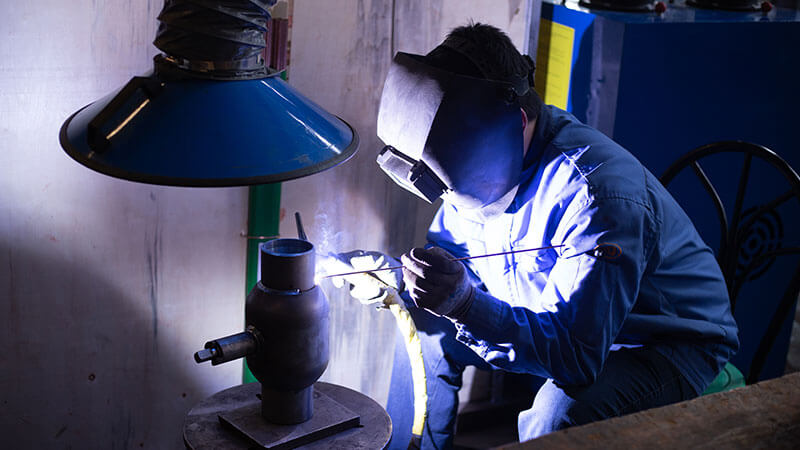Valve castings
The valve is used on the fluid pipeline. It withstands itself the erosion and corrosion of various temperatures and pressure media. There are even small defects in the casting that can also leak, causing loss and waste of media. When transporting toxic and harmful, flammable, explosive or radioactive media, valve leakage often causes major accidents such as poisoning, fire, explosion or pollution, thus forcing systems or factories to stop production.

In order to ensure the safety and reliability of the valve, the external and internal quality requirements of the casting are also very strict, in addition to the test pressure of 1.25 to 1.5 times the nominal strength test of the valve before leaving the factory. The casting of the valve is a thin-walled shell with a complicated structure. The casting must have a smooth surface and clear cast characters. In particular, it must have a dense structure without defects such as pores, shrinkage, looseness, cracks, and sand.
So as to meet the above requirements, a series of technological measures need to be taken during casting, such as selecting high-refractory molding materials and controlling sand moisture, and layering and solidification should be used to ensure the hardness of the sand mold. Layering should be carried out to ensure the hardness of the sand mold. Reasonable pouring feeder system and strict control of the pouring speed and temperature should be also adopted. In short, due to the high technical requirements, the casting process of the valve casting is more complicated than ordinary castings.
In addition to the size, position accuracy and appearance inspection of the valve casting, some inspections such as metallographic structure, chemical composition, mechanical properties, corrosion resistance and non-destructive testing are required to eliminate the defects that cause valve causing leakage.
Inspection method
The castings commonly used in machining are castings, forgings, profiles and welded parts. Different types of castings, as well as the accuracy, roughness and hardness of the castings, have a direct impact on the machining process. The following factors should be considered when selecting a valve casting:
1. The material of the part and the organization and performance requirements of the material
The material of the part specified on the design drawing generally determines the type of the casting. For example, if the part material is cast iron, the casting method must be used to make the casting. For steel parts, the mechanical properties of the material should be considered when selecting the casting. For example, parts for manufacturing high-pressure valves should generally use forgings or welded parts to ensure that the materials have good mechanical properties, humidity sensor probe, stainless steel electric tube PT100 sensor, cast aluminum heater, heating coil, fluid solenoid valve, etc.
2. Structural shapes and dimensions of parts
The structural switch of the part is an important factor that affects the choice of the casting. For example, the valve body with a complicated structural switch can use castings. Sand valve casting can be used for large valve bodies; investment casting is used for smaller valve bodies.
3. The size of the production program
The larger the production program of the part, the better the economic effect of using a high-precision and high-efficiency casting manufacturing method.
4. Conditions for the manufacture of castings
The casting should be selected according to the equipment and technology on the spot, and the advanced casting manufacturing method should be gradually adopted in consideration of the development prospect
